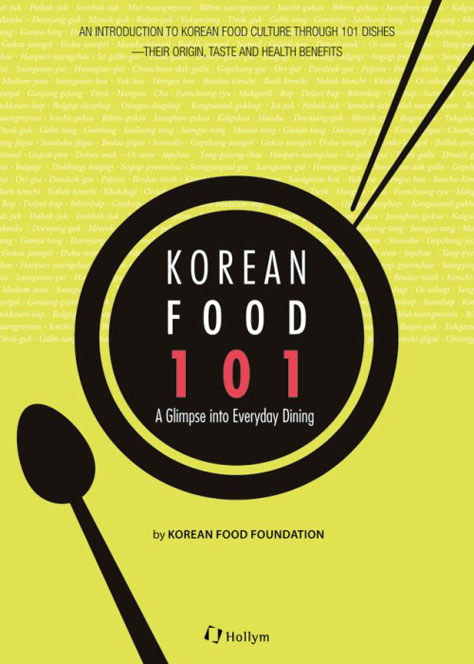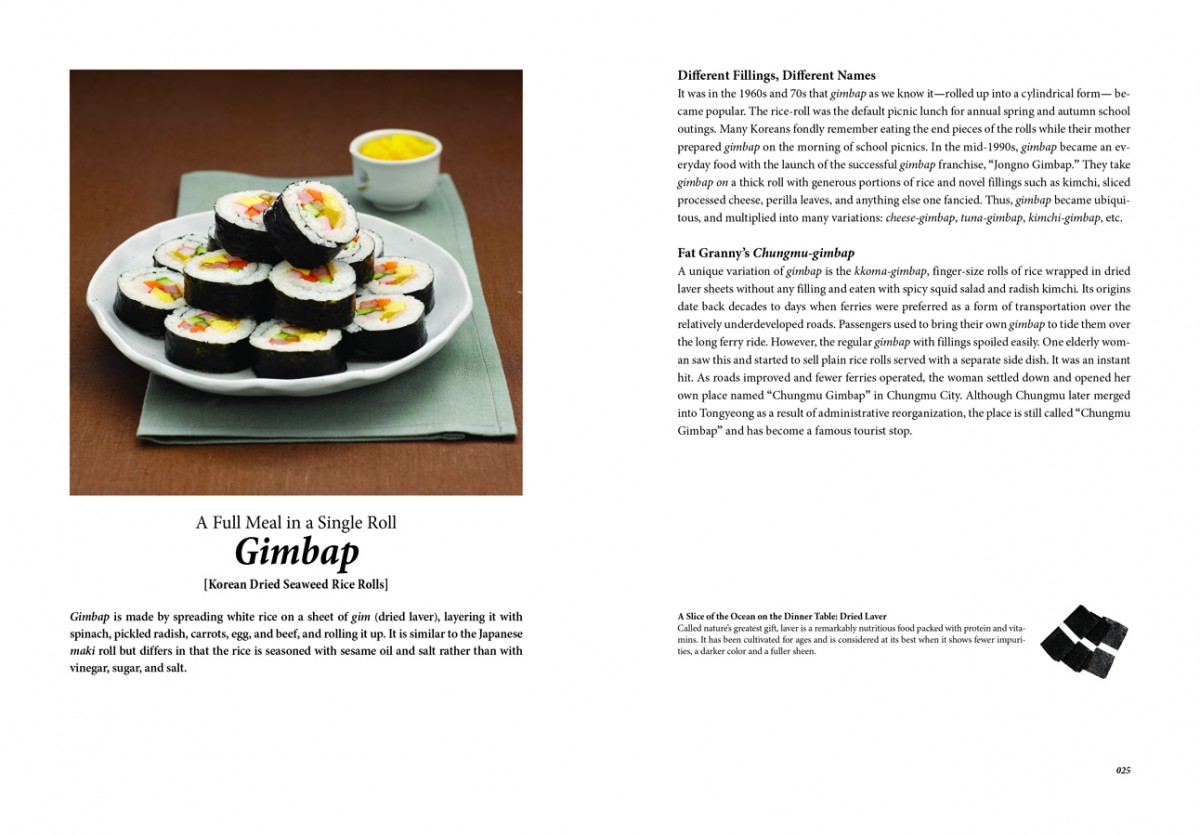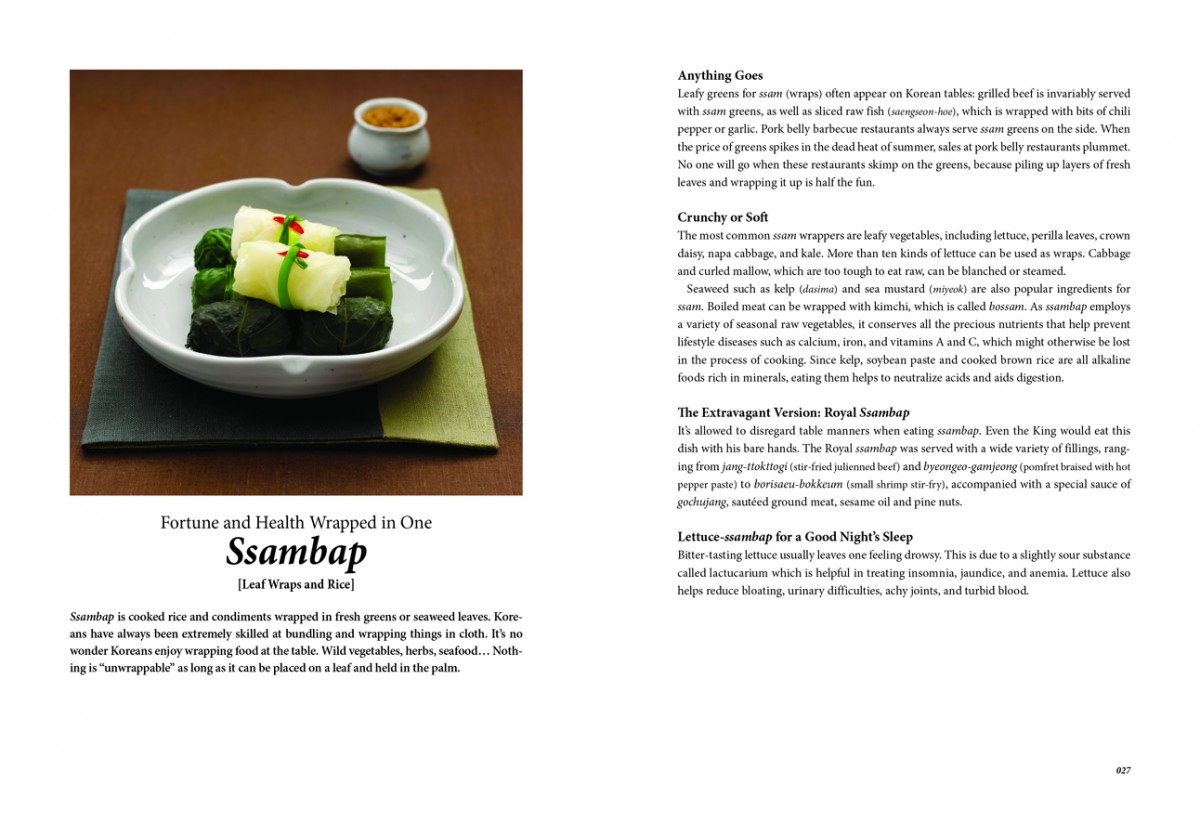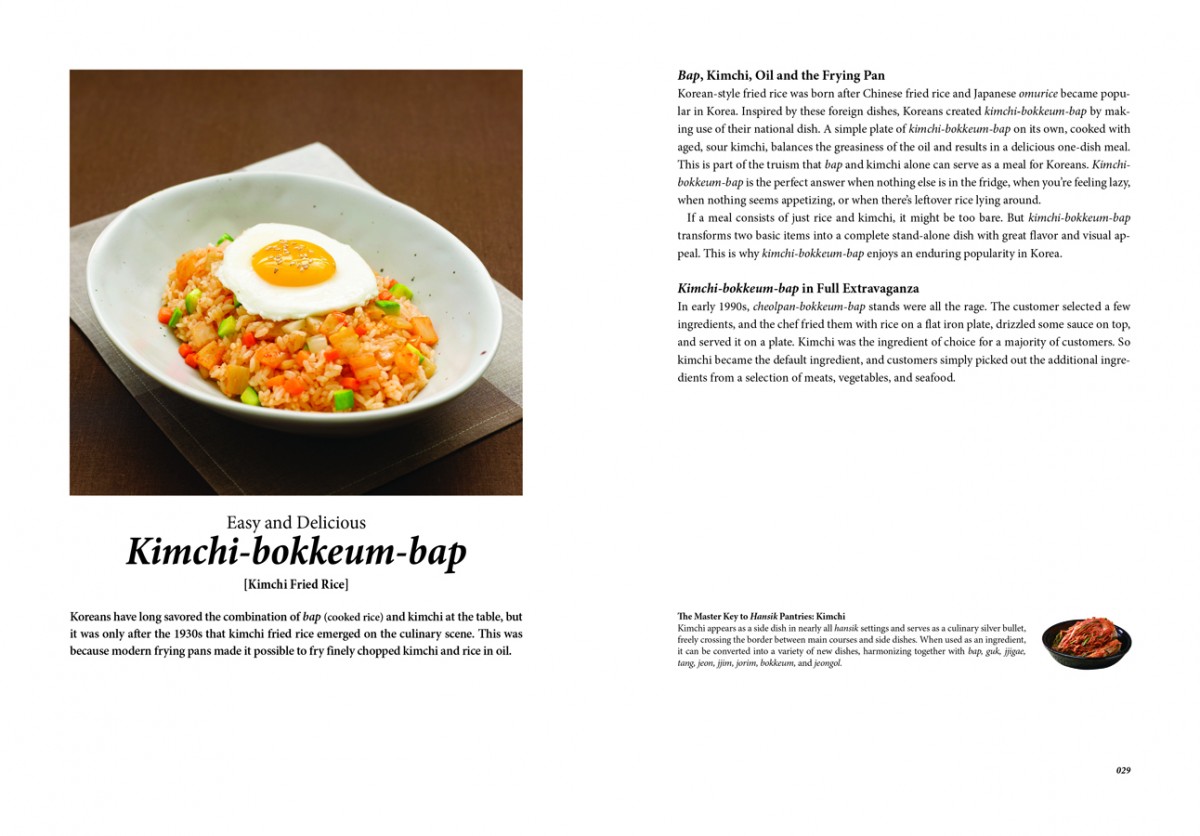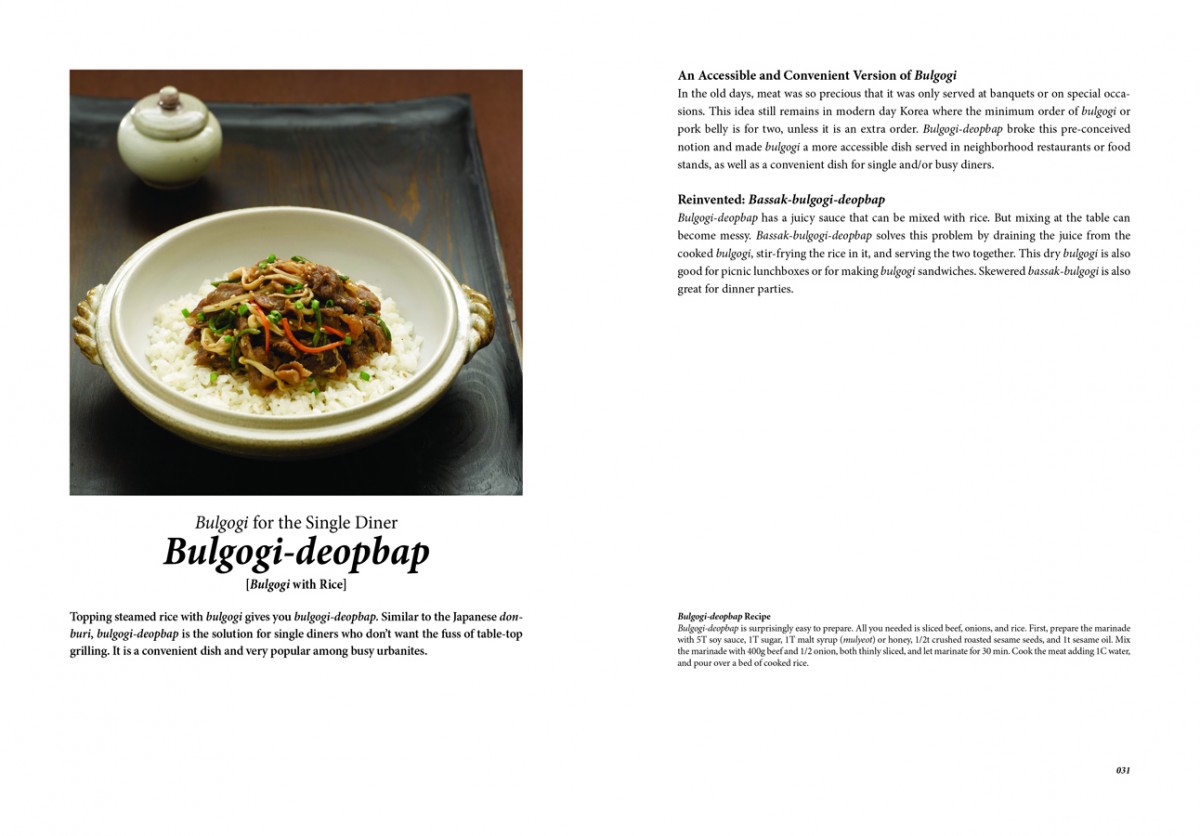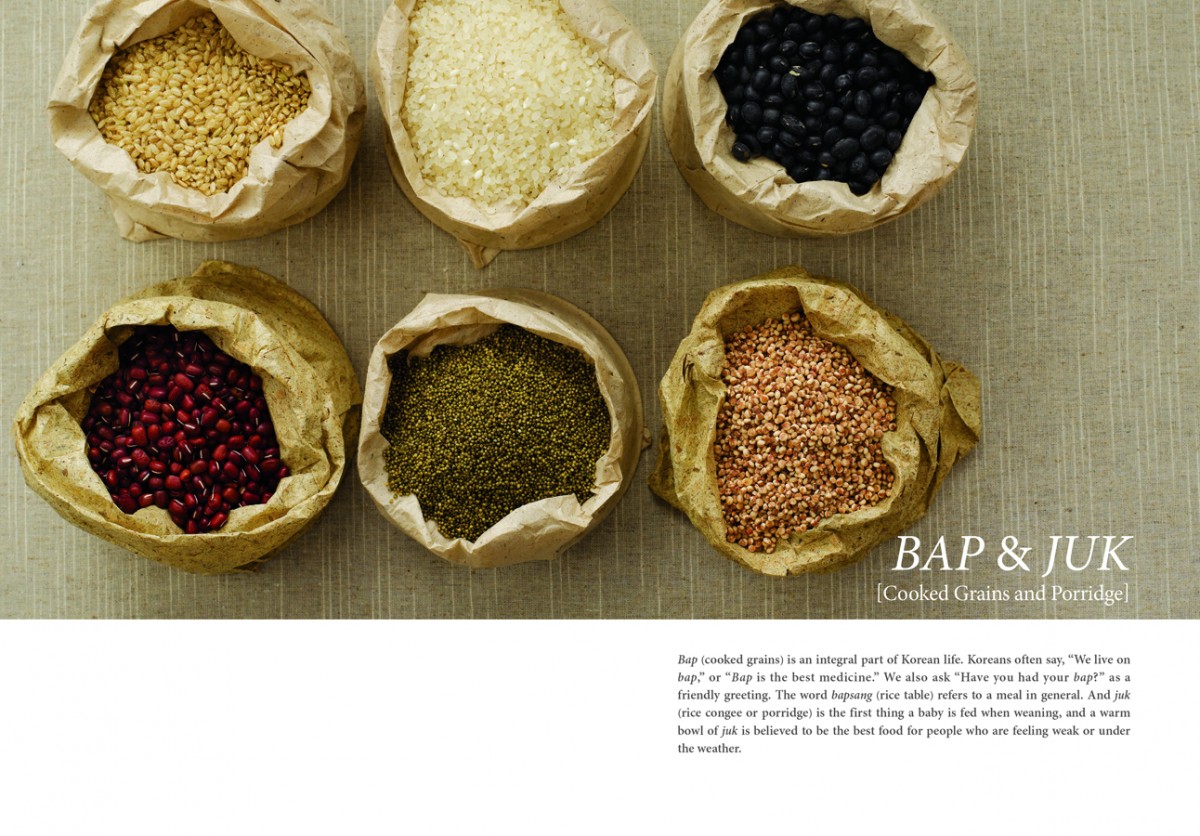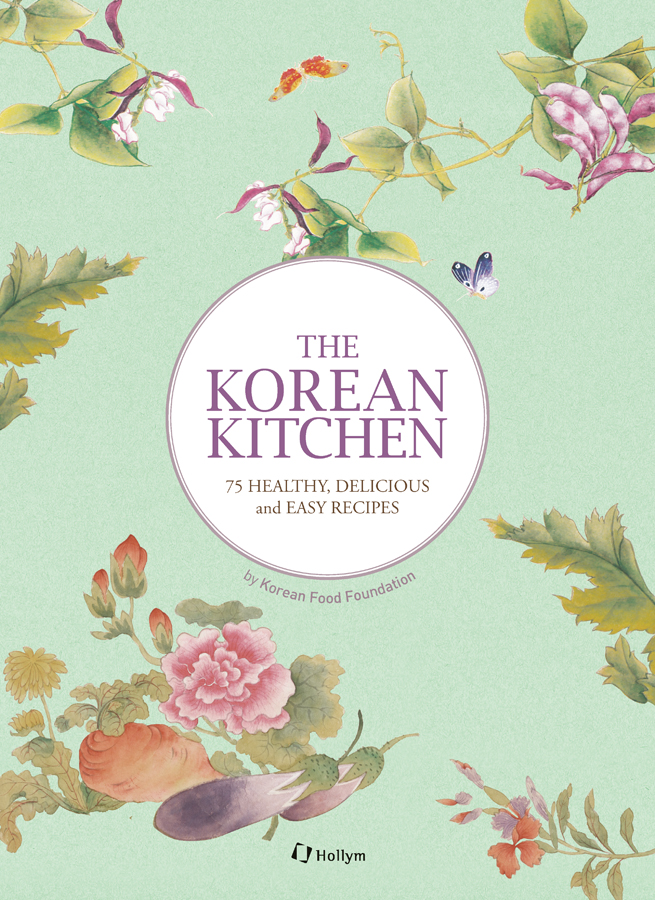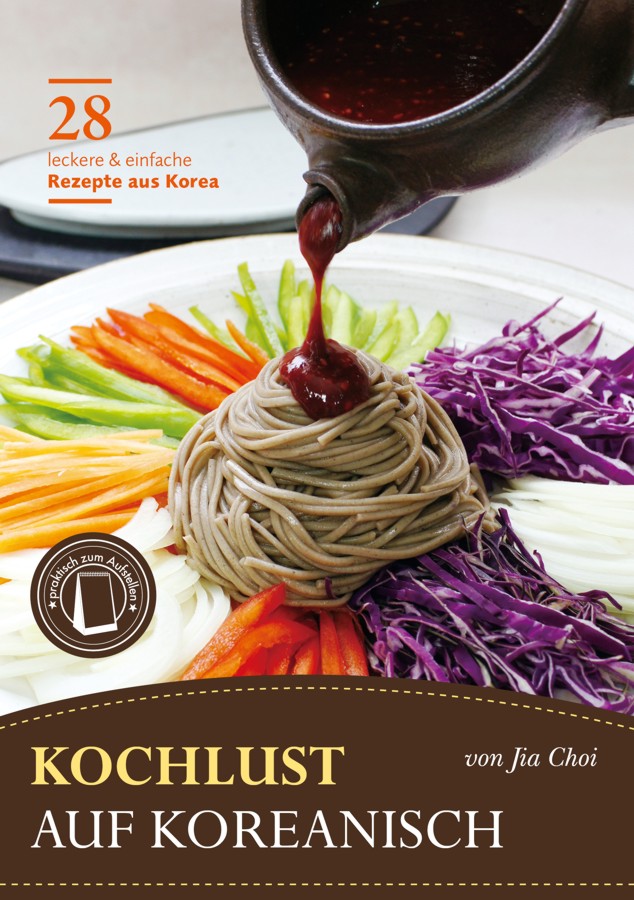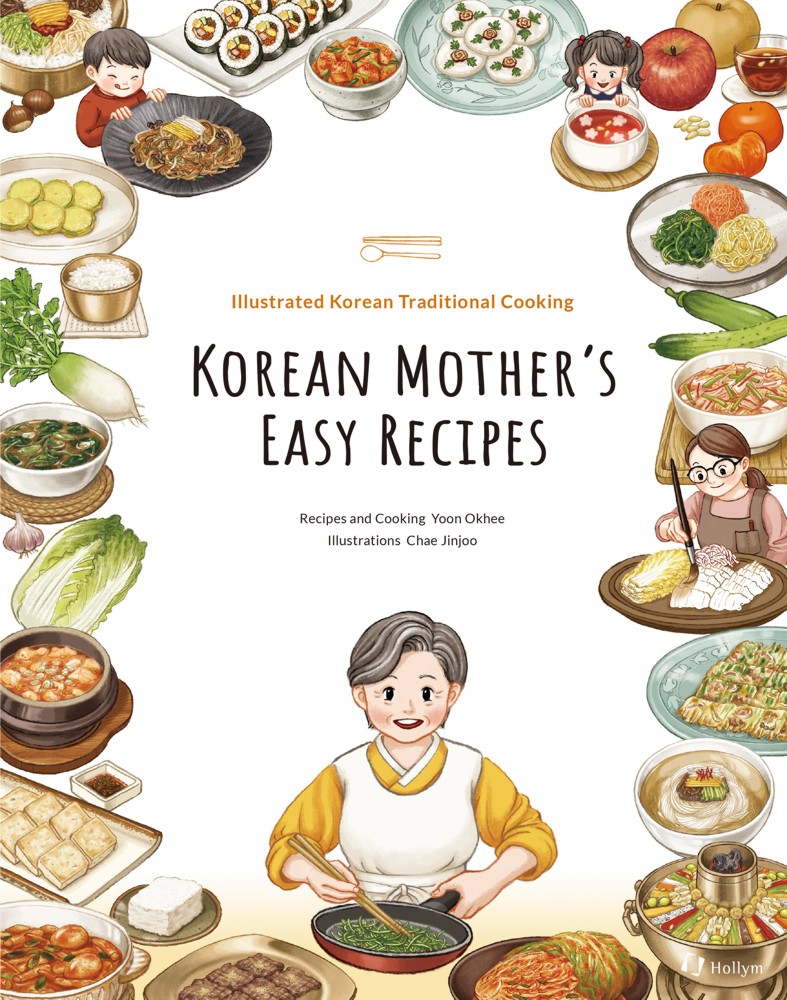Korean Food Foundation
Korean Food 101: A Glimpse into Everyday Dining
€19.90*
-
Art.num./ISBN: 9781565914582
-
Publisher: Hollym
-
number of pages: 240
-
binding: Softcover
-
Year: 2014
-
Language: English
-
Media type: Book
-
Author: Korean Food Foundation
In stock. Ready to ship within 2-4 working days
Product information "Korean Food 101: A Glimpse into Everyday Dining"
Here Are the 101 Korean Dishes You Should Know!
Good introduction to representative Korean traditional dishes.
You might obtain the knowledge and information on not only Korean dishes but Korean and Korean culture!
To enjoy Korean food culture with other citizens of the world, the Korean Food Foundation has attempted to investigate various resources on Korean food and to inform others about the value of modernized Korean cuisine. Hollym Corp., Publishers and the Korean Food Foundation published the book Korean Food 101: A Glimpse into Everyday Dining. This book is released to introduce representative 101 Korean traditional dishes for English readers.
This book consists of 10 chapters: “Cooked Grains and Porridge” “Noodles and Dumplings” “Soups” “Stews and Hot Pots” “Braised Dishes, Glazed Dishes and Stir-fried Dishes” “Grilled Dishes and Pan-fried Delicacies” “Sliced Raw Fish or Meat” “Kimchi” “Basic Side Dish” “Rice Cake, Korean Sweets and Beverages.” Readers could know the origins, common misconceptions, behind story of each Korean cuisine. The noticeable response of celebrities who tried to tasted Korean food, easy recipes for good taste, and prestigious locations for specific dishes are also introduced occasionally. Even more, all the Korean dishes are spelled in the Roman alphabet to best guide readers to correct reading and pronunciation.
Throughout the Korean Food 101, readers could easily get the knowledge and information on Korean dishes, because the book introduces dishes as not heavily. The book especially will be good for the people who do not know the details but have interests on Korean food and its culture. Furthermore, readers might understand not only Korean food but also Korean and Korean culture via reading the book. Additionally, they could get the answer of these questions: What does Korean mainly eat for a late-night snack? Why does Korean east sea mustard soup on their birthday?, Why do Korean have dried pollack soup for relieving hangover?, etc.
Contents
PREFACE
THE CULINARY CULTURE OF KOREA
BAP & JUK (Cooked Grains and Porridge) 밥 & 죽
Bap / Dolsot-bap / Bibimbap / Gimbap / Ssambap / Kimchi-bokkeum-bap / Bulgogi-deopbap / Ojingeo-deopbap / Kongnamul-gukbap / Jat-juk / Hobak-juk / Jeonbok-juk
밥 / 돌솥밥 / 비빔밥 / 김밥 / 쌈밥 / 김치볶음밥 / 불고기덮밥 / 오징어덮밥 / 콩나물국밥 / 잣죽 / 호박죽 / 전복죽
MYEON & GUKSU (Noodles and Dumplings) 면 & 국수
Mul-naengmyeon / Bibim-naengmyeon / Janchi-guksu / Bibim-guksu / Jaengban-guksu / Memil-guksu / Kong-guksu / Kalguksu / Mandu
물냉면 / 비빔냉면 / 잔치국수 / 비빔국수 / 쟁반국수 / 메밀국수 / 콩국수 / 칼국수 / 만두
GUK & TANG (Soups) 국 & 탕
Doenjang-guk / Miyeok-guk / Bugeo-guk / Yukgaejang / Tteok-guk / Galbi-tang / Gomtang / Seolleong-tang / Samgye-tang / Maeun-tang / Gamja-tang
된장국 / 미역국 / 북엇국 / 육개장 / 떡국 / 갈비탕 / 곰탕 / 설렁탕 / 삼계탕 / 매운탕 / 감자탕
JJIGAE & JEONGOL (Stews and Hot Pots) 찌개 & 전골
Doenjang-jjigae / Kimchi-jjigae / Cheongguk-jang-jjigae / Sundubu-jjigae / Budae-jjigae / Sinseollo / Gopchang-jeongol / Guksu-jeongol / Dubu-jeongol / Mandu-jeongol / Bullak-jeongol
된장찌개 / 김치찌개 / 청국장찌개 / 순두부찌개 / 부대찌개 / 신선로 / 곱창전골 / 국수전골 / 두부전골 / 만두전골 / 불낙전골
JJIM, JORIM & BOKKEUM (Braised Dishes, Glazed Dishes and Stir-fried Dishes) 찜, 조림 & 볶음
Galbi-jjim / Dak-maeun-jjim / Dak-baeksuk / Bossam / Jokbal / Agwi-jjim / Haemul-jjim / Galchi-jorim / Godeungeo-jorim / Eun-daegu-jorim / Dubu-jorim / Dubu-kimchi / Tteok-bokki / Nakji-bokkeum / Ojingeo-bokkeum / Jeyuk-bokkeum
갈비찜 / 닭매운찜 / 닭백숙 / 보쌈 / 족발 / 아귀찜 / 해물찜 / 갈치조림 / 고등어조림 / 은대구조림 / 두부조림 / 두부김치 / 떡볶이 / 낙지볶음 / 오징어볶음 / 제육볶음
GUI & JEON (Grilled Dishes and Pan-fried Delicacies) 구이 & 전
So-galbi-gui / Tteok-galbi / Dwaeji-galbi-gui / Bulgogi / Ttukbaegi-bulgogi / Sogogi-pyeonchae / Samgyeopsal-gui / Saengseon-gui / Hwangtae-gui / Chuncheon-dak-galbi / Gopchang-gui / Ori-gui / Deodeok-gui / Pajeon / Bindae-tteok / Kimchi-jeon / Modum-jeon
소갈비구이 / 떡갈비 / 돼지갈비구이 / 불고기 / 뚝배기불고기 / 소고기편채 / 삼겹살구이 / 생선구이 / 황태구이 / 춘천닭갈비 / 곱창구이 / 오리구이 / 더덕구이 / 파전 / 빈대떡 / 김치전 / 모둠전
HOE (Sliced Raw Fish or Meat) 회
Saengseon-hoe / Yuk-hoe / Hongeo-hoe
생선회 / 육회 / 홍어회
KIMCHI (Kimchi) 김치
Baechu-kimchi / Baek-kimchi / Nabak-kimchi / Kkakdugi / Oi-sobagi
배추김치 / 백김치 / 나박김치 / 깍두기 / 오이소박이
MIT-BANCHAN (Basic Side Dish) 밑반찬
Namul / Gujeol-pan / Dotori-muk / Oi-seon / Japchae / Tangpyeong-chae / Haepari-naengchae / Jangajji / Jeotgal / Ganjang-gejang
나물 / 구절판 / 도토리묵 / 오이선 / 잡채 / 탕평채 / 해파리냉채 / 장아찌 / 젓갈 / 간장게장
TTEOK, HANGWA & EUMCHEONGRYU (Rice Cake, Korean Sweets and Beverages) 떡, 한과 & 음청류
Tteok / Hangwa / Cha / Sikhye & Sujeonggwa / Nurungji & Sungnyung / Makgeolli
떡 / 한과 / 차 / 식혜&수정과 / 누룽지&숭늉 / 막걸리
INDEX
15, Jongno 12-gil, Jongno-gu
03190 Seoul
Korea (Republic of)
Prinzenweg 10
93047 Regensburg
Germany
Login

